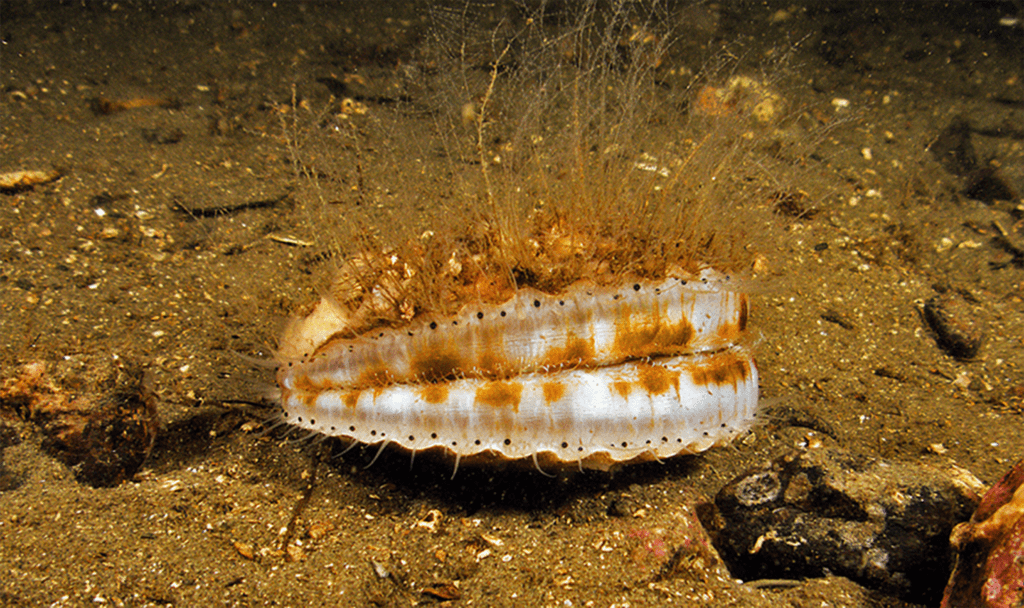 Scotland Programme Manager for the Marine Conservation Society Calum Duncan provides some broader inshore context for the recent measures introduced to regulate Scotland’s king scallop fishery.
Scotland Programme Manager for the Marine Conservation Society Calum Duncan provides some broader inshore context for the recent measures introduced to regulate Scotland’s king scallop fishery.
In July, the Scottish Government announced new measures to manage Scotland’s King scallop fishery. This announcement was much-anticipated and followed a public consultation ending in January. The consultation itself was the outcome of a broader industry review, which fishermen and environmental charities had patiently requested over many years.
In short, the consultation was a big deal. It was the first time the ScottishGovernment’s Sea Fisheries division had sought to review the scallop dredging industry.
The Marine Conservation Society and our coalition partners in Scottish Environment LINK’s marine taskforce were disappointed by the scope of the consultation. Rather than considering spatial management, the suite of possible measures recommended mainly technical changes ((larger landing sizes, fewer dredges per beam). We made this clear in our campaign response;
Over 1,700 people responded to the consultation, mostly via our MCS e-petition – calling for broader spatial management of both the king and queen scallop fisheries, but the consultation analysis has now indicated that only some technical changes will be implemented. These measures are undoubtedly welcome, but do not begin to address the urgent matter of spatially managing the fishery.
During the consultation, we called for greater spatial management for the fishery and the consideration of a low impact zone from shore to 3 nautical miles which could include fully protected areas, areas just for static gear fisheries and scallop divers and areas for other low impact uses such as recreation. We highlighted that Shetland, Wales and the Isle of Man provided spatial approaches that could be learnt from. We also deliberately used the term ‘include’ to make clear that this list is not exhaustive and use of the term ‘low impact zone’ does not in itself mean the exclusion of all scallop dredging.
It is interesting to now see that certain parts of the fishing industry are calling for a reinstatement of the 3 mile limit. Some work exploring the socio-economic effects of revising fisheries management in the inshore area has already been commissioned, and there is more work to do.
In parallel, there has of course been the consultation for managing fishing in inshore MPAs and SACs, ecologically sensible proposals for which were announced in June, including prohibitions on scallop dredging. It bears noting that these are for nature conservation purposes and not fisheries management purposes. Spatial management of all types of fishing is required for both nature conservation and fisheries management purposes, working with and not against the grain of the marine ecosystem to deliver thriving seas and coastal communities in the long-term.
This is a complex issue that requires patience and understanding from all involved. We and our partners look forward to being part of recovering the health of Scotland’s inshore habitats to a richer, more biodiverse, more resilient and ultimately more productive state, thereby helping improve the fisheries and other uses of the sea that depend on them.
